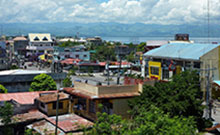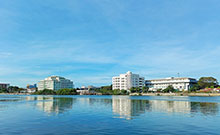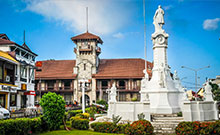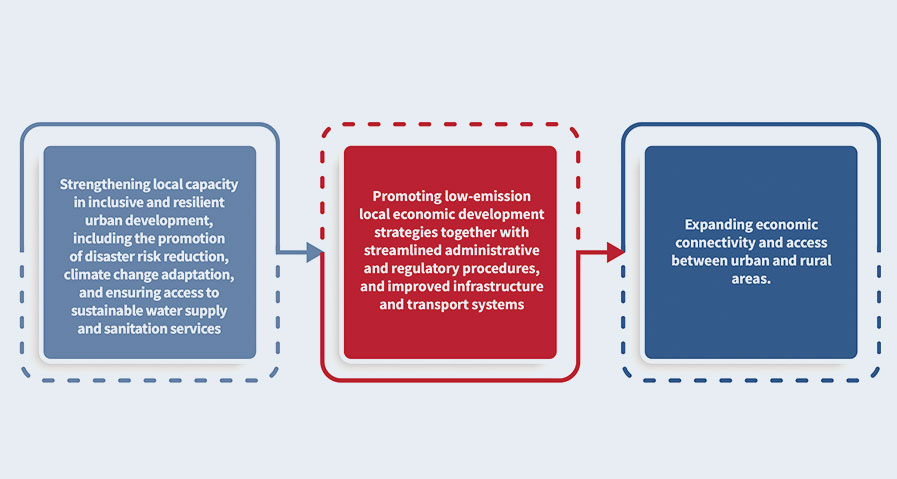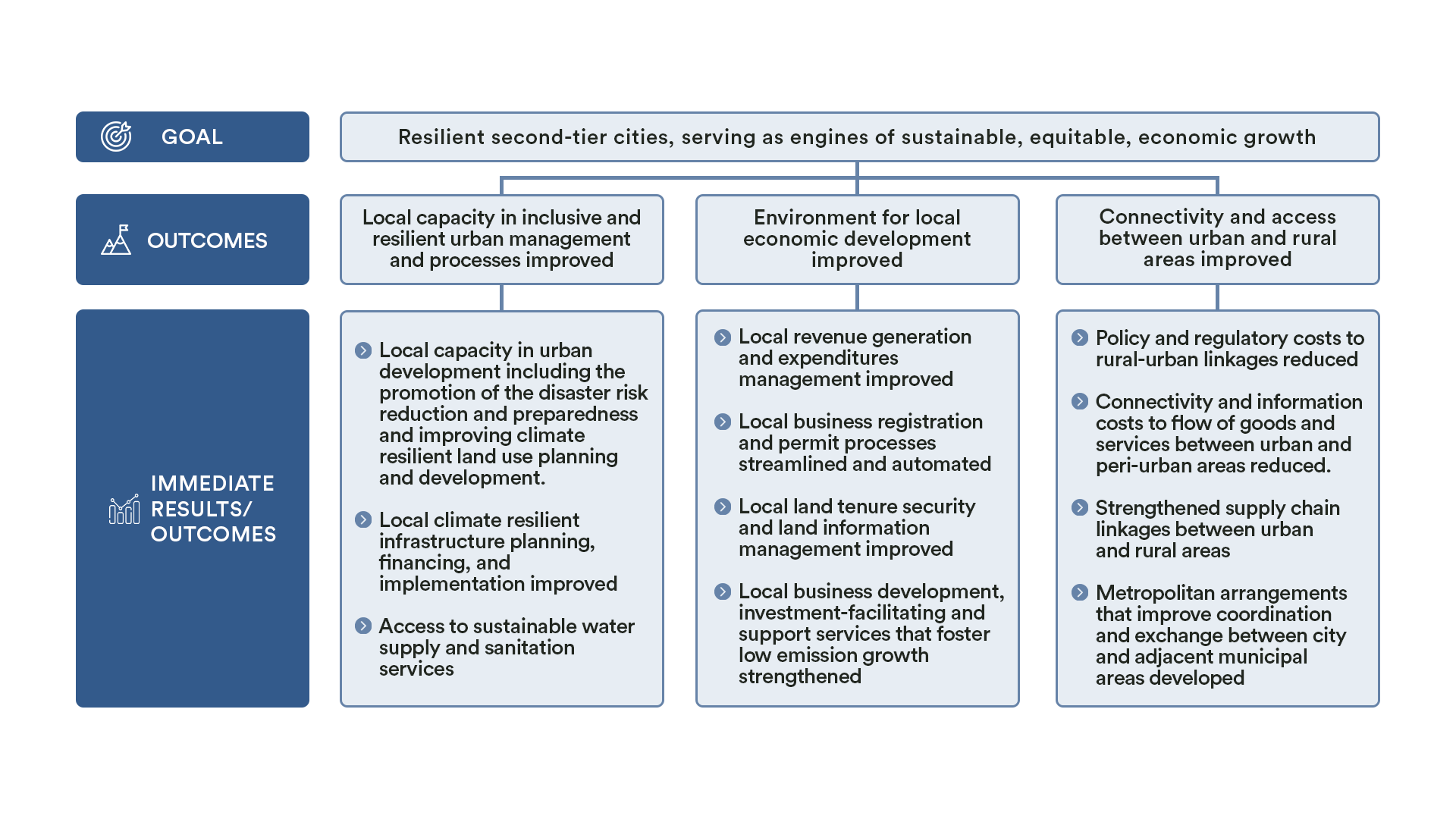Background
Over the past decade, the Philippines’ economic growth has been highly concentrated in three metropolitan areas—Metro-Manila, Cebu, and Davao—leading to high population growth and congestion there. This concentration has also caused inequities and inequitable access to economic opportunities between urban and rural areas. To address this concern, USAID developed the Cities Development Initiative (CDI) to promote economic growth in other well-governed, highly urbanized and secondary cities. The increased economic growth in these other cities would help equalize income distribution across the Philippines.
8 Cities covered by Cities Development Initiative (CDI)
SURGE’s development hypothesis is that second-tier cities can be developed as engines of growth. The primary goal of SURGE is to provide highly innovative, creative, and cost-effective solutions that set conditions for broad-based, inclusive, and resilient economic growth, which in turn will foster increased investment, economic opportunities, and productive employment for a critical mass of cities and surrounding areas outside Metro Manila.
SURGE assists cities and adjacent areas to plan effectively, provide basic public services, reduce business transaction costs, promote competitiveness, support sustainable development, and reduce disaster risks while ensuring inclusive and sustainable growth. SURGE promotes efforts to: 1) improve local capacity in urban development; 2) increase local economic development by fostering business enabling measures; and 3) expand economic connectivity and access between urban and peripheral areas.


